Investor Tips: How to Identify a Good Rental Property

If you’ve got clients who are considering real estate investments, chances are they could use a little guidance. Here are some ways to advise potential borrowers who are in the market for rental properties.
- A Rent-Friendly Neighborhood. For investors, a good location may not simply be an area that looks nice on the surface – many such areas restrict rental properties or at least make renting difficult with high fees and red tape. It’s important to know the neighborhood’s rental restrictions, the rental vacancy rate, and the average rent for similar properties in the area.
- Cash Flow Versus Appreciation. Real estate investors generally earn money by two means: cash flow and appreciation. An investor may choose a property that has higher cash flow through incoming rent but slower property appreciation. Though financial experts often advise investors to favor appreciation over cash flow for higher gains in the long term.
- Property Taxes. As taxes cut into the investor’s bottom line and can vary greatly from area to area, knowing all the tax implications before buying is essential. Doing a deep dive at the assessment office of the municipality in question and talking to a tax expert are both highly advisable.
- Employment Market. Job availability often plays a pivotal role in the rental market; home values and rental vacancies often rise and fall with growing and shrinking employment opportunities. One can check an area’s employment stats with the U.S. Bureau of Labor Statistics.
- What’s Around Town. Local amenities are key when considering an investment property. Does the area have well-kept public parks? Good dining and shopping options? Is the potential property close to public transportation? An investor should know all of this and more about an area in which they are looking to buy.
- Apply the One Percent Rule. To ensure that a property at least breaks even (not counting appreciation) investors often employ the one percent rule: the monthly rent collected should be equal to or greater than 1% of the purchase price. Bear in mind this is just a rule-of-thumb guideline that doesn’t factor in all of a property’s costs.
- What the Future Holds. What kind of growth is planned for the area? Development that brings businesses and consumer commerce to an area could be a good thing; the construction of new housing could mean unwanted competition. It’s a good idea to visit a municipality’s planning department to see what areas have been zoned for development and what projects are in the works.
And for a wide range of mortgage products for investment properties, look to the loan specialists at Luxury Mortgage Wholesale.
Let's Connect
Get In Touch
CORPORATE
Luxury Mortgage Corp.®
Four Landmark Square
Suite 300
Stamford, CT 06901
(888) 458-6267
WEST COAST
Luxury Mortgage Corp.®
18100 Von Karman Ave
Suite 350
Irvine, CA 92612
(949) 516-0710

